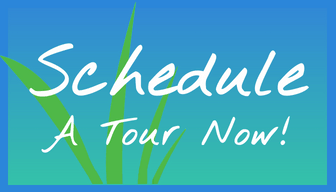by Karen Ball
 Awhile back I got into a conversation on a Facebook reflexology group page I follow. The exchange started with a woman’s struggle (her word) around the term Thai Reflexology. She wondered how someone practicing this age-old therapy could call it “reflexology” when the techniques were so different from what she knew.
Awhile back I got into a conversation on a Facebook reflexology group page I follow. The exchange started with a woman’s struggle (her word) around the term Thai Reflexology. She wondered how someone practicing this age-old therapy could call it “reflexology” when the techniques were so different from what she knew.
Her comments sent me back to an earlier time in my reflexology career. Back in 1983, I learned what is now referred to in the United States and Canada as “conventional” reflexology, based on the theories and techniques developed by Eunice Ingham, known fondly as the “grandmother” of modern reflexology. For more than 10 years, I just assumed that reflexologists all over the world practiced reflexology as I was taught, happily thumb and finger-walking their way around an ancient map of foot and hand reflexes corresponding to other parts of the body. And then…
I was exposed to how people taught reflexology in other countries: Dr. Tae-Woo in Korea, Father Josef in Taiwan, Lone Sorenson in Spain, Chris Stormer in Africa, Sharon Stathis in Australia. Ayurvedic reflexology, cranial-sacral reflexology, Thai reflexology, limbic reflexology – the list goes on and on.
As my horizons widened, I expanded my personal definition of reflexology to include all these wonderful approaches and protocols. I came to the conclusion that any therapeutic work done on the feet or hands that has both the intention and the procedures to affect the body’s physiology was reflexology, no matter the technique.
One of the things that often attracts massage therapists to Thai Foot Reflexology is the short amount of time it requires to learn how to offer the session. It’s a relatively small investment of time and money to explore interest in offering footwork and to witness the acclaimed benefits with clients.
Unlike the conventional model of reflexology, which takes hundreds of hours of training, Thai Foot Reflexology can be learned in only two days. The reason for this is because the session is delivered as a sequence of techniques followed in a particular order, whereas conventional reflexology requires a much deeper study of reflex locations and techniques and how to confidently customize sessions for individual client needs.
Thai Reflexology developed in a country that relied on an understanding of energy and how its status in the body defined wellness or dis-ease. Based on explicit trust of the nature of the human body to seek homeostasis, Thai Reflexology, through a sequence of movements applied to the feet, lower legs and knees, works solely to assist the body to return to equilibrium, as opposed to directing influence to specific organs.
Thai Foot Reflexology is a good way to stand out in the crowd, whether you practice conventional reflexology and/or massage therapy. Please join us at FSM for a Thai Foot Reflexology workshop on March 21 and 22.
Please contact Karen directly with questions: karen@academyofancientreflexology.com
To register for the workshop please visit this link.



